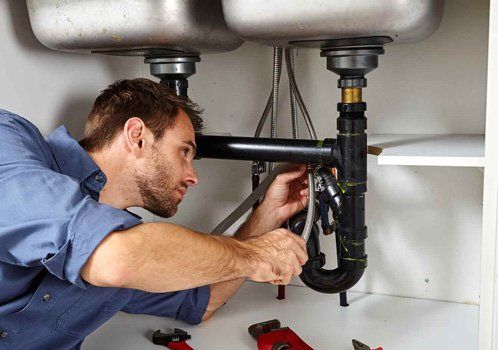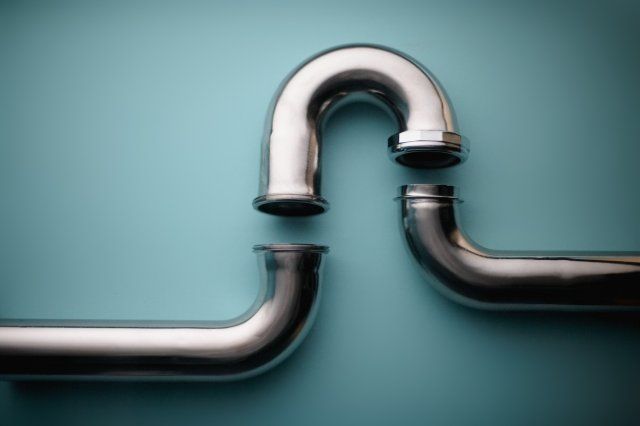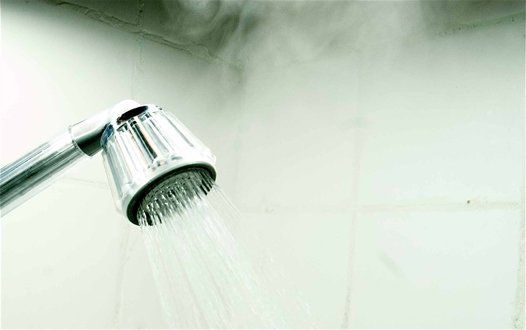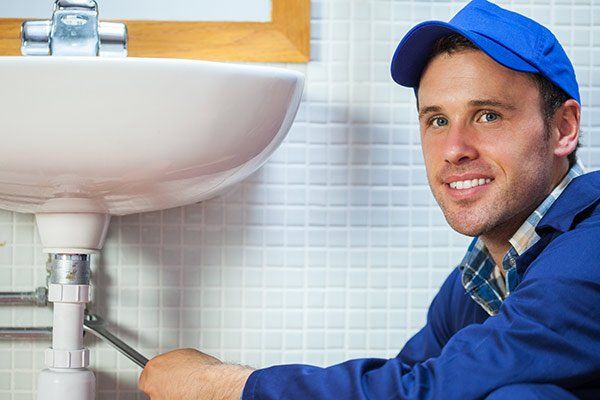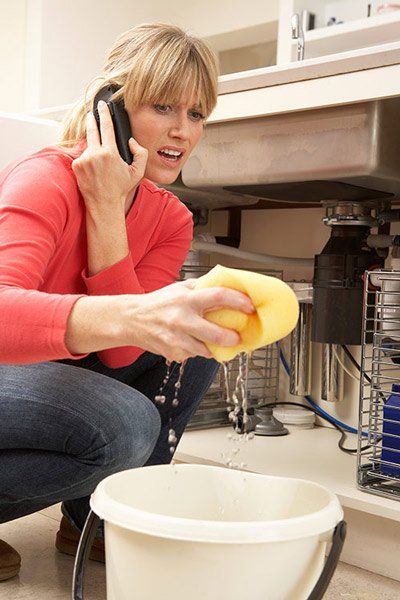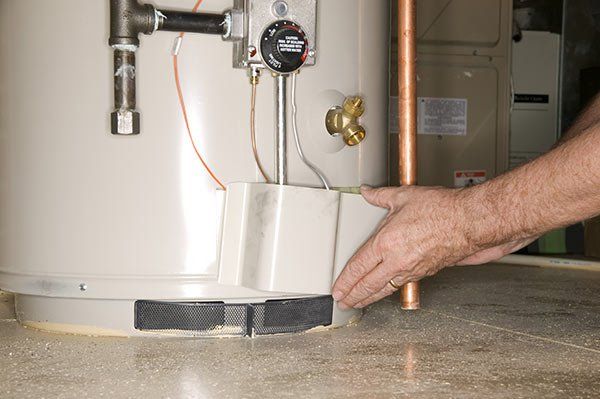HOW TO PICK AND USE THE RIGHT PLUNGER
- By Admin
- •
- 08 Jan, 2018
- •
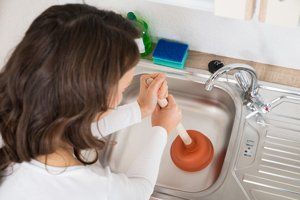
HOW TO SELECT THE APPROPRIATE PLUNGER
Most households own a plunger, but many people don't understand how to properly use one. In trained hands, plungers are powerful clog-busting tools, so learning how to use one is an important skill for homeowners to grasp.
The first step in using a plunger to handle toilet clogs is to select the right tool for the job. Plungers come in two primary configurations - sink plungers and toilet plungers - with each type designed to handle specific problems.
The sink plunger is made from soft, pink rubber and has a flat bottom. It is well-suited for removing clogs from sinks and other flat-bottom basins, as it fits over drains and seals tightly against fixture surfaces.
Toilet plungers are manufactured from a harder grade of rubber, usually molded black, and contain a flange that can often be folded into the bottom of the bell. The flange is essential because it enables you to extend the plunger into the opening of the toilet's trap.
HOW TO USE A TOILET PLUNGER THE RIGHT WAY
Once you have selected a toilet plunger, begin by unfolding the flange, if necessary. Next, insert the plunger bell into the trap of the toilet so that it is positioned firmly and as deep as you can go.
If the water level inside the toilet bowl is low, slowly add more water until the plunger bell is submerged. Be careful not to add too much water, as you don't want to cause splashing or other messes.
After the plunger is properly positioned and is submerged, the next step is to make a quick, short jerk of the plunger toward you. Do not make a long, drawn-out motion, and be sure the plunger's movement is swift, but controlled. The goal is to dislodge the clog inside the trap or drain, and short movements create suction that helps to "unpack" the clog.
It is important to only make movements toward you when plunging, as pushing toward the clog may make it worse. In addition, forceful plunging toward a clog can also create a leak around the base of the toilet. If too much downward force is applied, water can be pushed around the wax ring that seals the toilet to the drain flange.
WHAT TO DO IF THE CLOG DOESN'T SEEM TO BUDGE
Be patient when using a plunger, as many attempts are often necessary to break the clog open. If you find you aren't having success, pour about one-quarter of a cup of liquid dishwashing soap into the toilet, and allow it to sit undisturbed for ten minutes. The liquid soap will penetrate the clog and assist in lubricating the clog where it meets the trap or drain.
Continue plunging after you have allowed the dishwashing soap to soak; hopefully, the soap will loosen the clog and make your efforts much more productive.
Should you continue to find that your efforts are unproductive despite the use of dishwashing soap, you may need to contact a plumber for help. Some clogs are just too firmly wedged into position to be easily moved, or there may be other complications such as tree roots or other objects that hold the clog in place.
If you are in the Palm Bay or Melbourne area, be sure to contact East Coast Plumbing Co Inc for help. Their professionals are ready and able to assist you in removing the most stubborn clogs and can also provide many other plumbing services.


I have used East Coast Plumbing Co for over 20 years. They are the best Plumbing Company in Brevard!” – Cindy W.

When pulling on a hose I ripped the exterior faucet off the side of my house... about an hour later Dave arrived and had it fixed better than new. – Doug M.

Slide title
Excellent service to replace my water leaking water heater. The repairman came on time and left everything clean. It was affordable. – Chris R.



